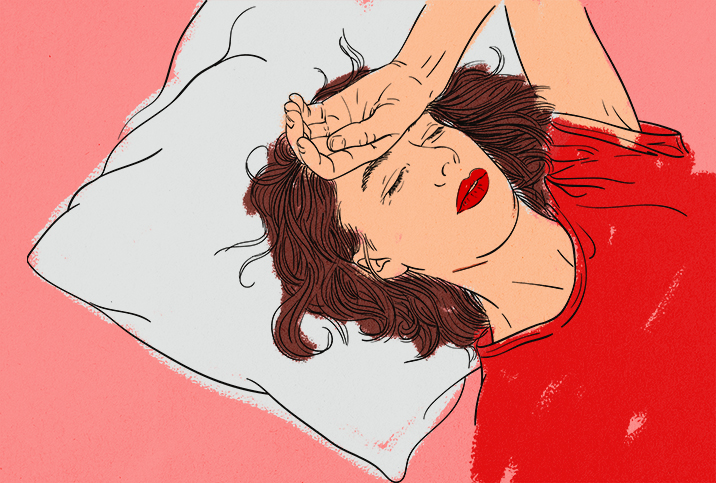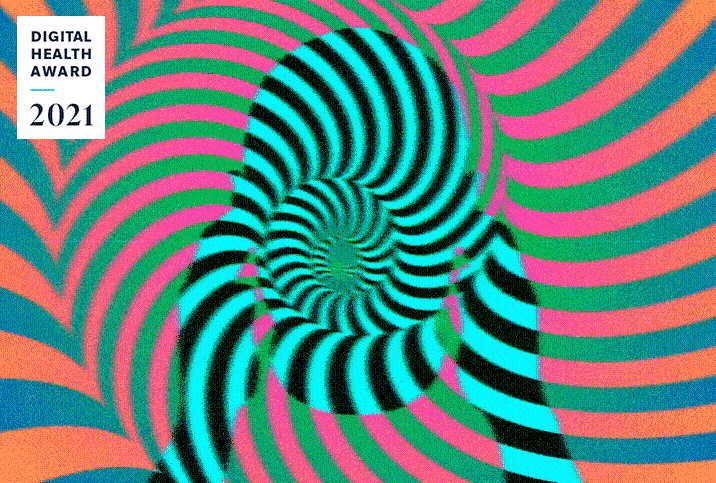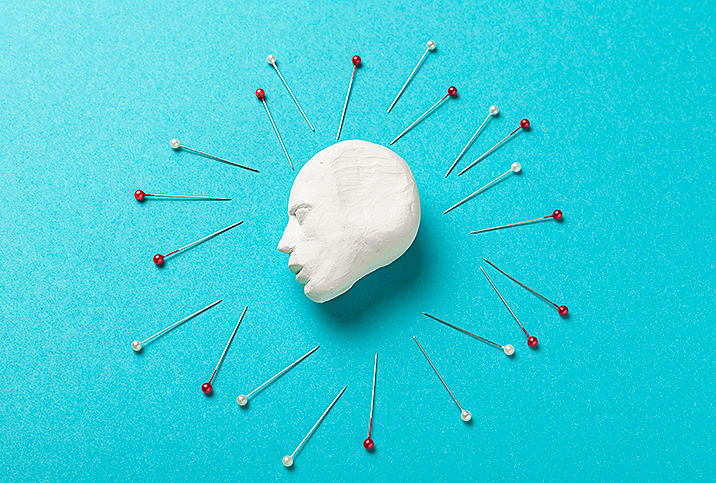Heads Up: Migraines Are Disabling but Manageable

Mayo Clinic defines a migraine as a headache that can cause severe throbbing pain or a pulsing sensation, typically on one side of the head. In other words, a migraine is a sustained pain condition characterized by a severe headache that can often be debilitating to daily life. The World Health Organization lists migraines as one of the 10 most disabling medical illnesses.
More than 37 million men, women and children in the United States are impacted by migraines, according to the American Migraine Foundation. Migraines are three times more common in women than in men and affect more than 30 percent of women over a lifetime, largely because of fluctuations in estrogen levels.
The intensity and frequency of migraine attacks vary from person to person, but generally, there are two primary types of migraines: migraines with aura and migraines without aura. The foundation defines aura as "a series of sensory disturbances that happen shortly before a migraine attack. These disturbances range from seeing sparks, bright dots and zigzags to tingling on one side of the body or an inability to speak clearly, and usually last 20-60 minutes."
The American Academy of Neurology, the European Headache Federation and the American Headache Society all recommend that patients who experience a migraine with aura should not use birth control containing estrogen because it can increase the risk of a stroke.
The science behind migraines
"The pain phase of migraine is the result of activation in the brain stem and then the subsequent neuroinflammation which takes place in the peripheral nervous system," said Sian Spacey, M.B.B.S., a neurologist and director of the University of British Columbia's Headache Clinic and Neurogenetics Clinic. "And so what this is is a [sterile] inflammation of the nerves and also dilation of the blood vessels in the middle meningeal arteries. This inflammation and dilation causes the pain."
Most of the Headache Clinic's patients—more than 95 percent—are people who suffer from migraines. The clinic takes a team approach with physicians and pharmacists. An appointment entails counseling about the patient's lifestyle, approaches to the treatment of migraines, identifying triggers and recommending supplements that have been demonstrated to reduce migraine frequency.
The team also investigates whether patients are taking medications appropriately, because many people taking over-the-counter medication either underdose or don't take them frequently enough when suffering headaches.
"It's been shown that the sooner you take your medication when experiencing a migraine, the more likely that the patient will be able to abort the migraine," Spacey explained.
If a person suffers debilitating migraines with enough frequency, they may need to go on a registered medication.
Stop and prevent the pain
Treatment for migraines can be divided into two parts: abortion and prevention.
Migraines can be aborted with a nonsteroidal anti-inflammatory, such as ibuprofen or naproxen. Other treatments include triptans, a family of tryptamine drugs called vasoconstrictors because they constrict blood vessels and increase blood pressure. There are also calcitonin gene-related peptide (CGRP) receptor antagonists called gepants, a class of drugs especially developed to treat acute migraines.
"There are tricyclic antidepressants, anticonvulsants, antihypertensives, and these drugs were originally designed for other conditions; anticonvulsants for convulsions, and antihypertensives for hypertension, but it's been demonstrated that certain subgroups of these drugs…reduce migraine frequency and intensity," Spacey said. "Then there are drugs like botulinum toxin [Botox], which has been proven to be very effective for chronic migraines. Within the last couple of years, there's a new class of drugs, the CGRP, monoclonal antibodies and the CGRP antagonists."
'It's important to help people start some techniques when they get that first aura or the first inkling that a migraine is coming on.'
Spacey emphasized the key to aborting a migraine is to treat it early. Neil Pearson, P.T., M.Sc., a professor at the University of British Columbia and physiotherapy practitioner, agreed.
"It's important to help people start some techniques when they get that first aura or the first inkling that a migraine is coming on," Pearson said.
While Spacey recommended that "migrainers" always have their medication on them so they can treat a headache at its onset, Pearson explained another strategy, rooted in self-awareness, that can be the focus of migraine pain management. People with migraines have learned to not pay attention to them and ignore them to the best of their ability until they become full blown, he said. According to Pearson, increased awareness is the first part of treatment.
"The other part is getting people to start a daily or consistent practice of learning how to self-regulate, learning how to regulate their breath, learning how to regulate their body tension, their energy, their thoughts and their emotions," he added.
Outside of the self, some treatments Pearson mentioned are to concentrate on posture and range of motion with a specific focus on the neck and shoulders, especially if working with a physiotherapist.
Lifestyle changes you need to make
An important element of effective pain management is to strive to live a healthy lifestyle.
Spacey stressed the importance of trying to eliminate fluctuations in your life, advising going to bed at the same time every night and waking up at the same time every morning; too much sleep is just as bad as too little sleep. She also recommended sticking to frequent small meals over the course of the day instead of skipping meals, and eliminating coffee simply because drinking coffee daily can lead to rebound headaches.
Her final suggestion was to exercise, even if it's something as simple as walking 30 minutes per day, which also can be a helpful meditative process.
Pearson said the best solution for people with chronic pain conditions such as migraines often is to try a number of solutions together, because multiple mechanisms can help alleviate pain more than you'd think. He suggested layering different mechanisms of pain relief that work for you.
Finally, both Pearson and Spacey advocated you practice more self-awareness in working with your body and pay close attention to its signals as part of the first effective step toward pain management.


















